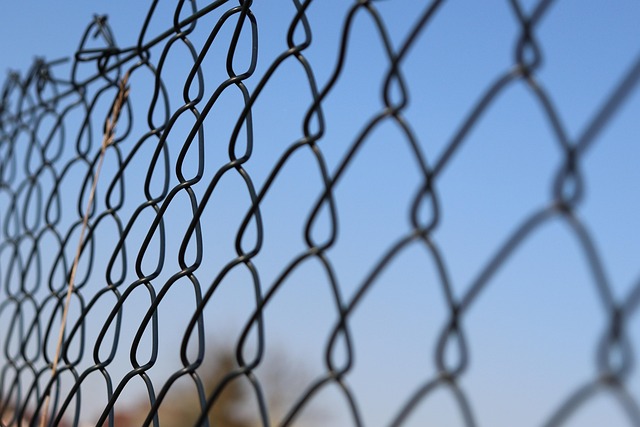Fences serve not only as boundaries but also as artistic statements, enhancing outdoor spaces. Fence staining and sealing are crucial processes that protect wood, preserve its aesthetic appeal, and ensure longevity. This article guides you through the process, from understanding the benefits of fencing stains to choosing the right products. We’ll delve into preparing your wooden fence, selecting the perfect stain and sealer, and mastering application techniques for outstanding results, ensuring your fence stands out as a testament to your outdoor style.
- Understanding Fence Staining: Benefits and Types
- Preparing Your Wooden Fence for Staining and Sealing
- Choosing the Right Stain and Sealer
- Application Techniques for Optimal Results
Understanding Fence Staining: Benefits and Types
Understanding Fence Staining involves recognizing its numerous benefits, from enhancing aesthetics to protecting wood. By blocking out harmful UV rays, stain also prevents fading and preserves the fence’s original look for longer periods. Different types of fence stains offer varied shades and finishes—from natural to dark tones—to match your preferred style and outdoor space ambiance. Additionally, some stains include sealant properties, providing extra protection against water, dirt, and other environmental factors. This dual functionality not only beautifies but also prolongs the lifespan of wooden fences.
Preparing Your Wooden Fence for Staining and Sealing
Before applying stain or sealant, preparing your wooden fence is a crucial step in ensuring optimal results. Start by cleaning the fence thoroughly to remove any dirt, debris, and loose wood fibers. You can use a pressure washer or a soft-bristled brush with a mild detergent solution. This initial cleaning will help the stain adhere better to the wood’s surface.
Next, inspect the fence for any signs of damage, such as cracks, splits, or rot. Repair these issues before staining by replacing damaged boards or fixing the problem areas with appropriate wood treatments. Sanding the fence gently can also help smooth out irregularities and create a rough texture that enhances stain absorption. Ensure the fence is dry completely before proceeding to the staining stage.
Choosing the Right Stain and Sealer
When it comes to fence staining and sealing, selecting the appropriate products is half the battle won. The first crucial step is choosing the right stain that complements your wooden fence’s natural grain and color. Stains vary in their transparency and pigmentation, offering options from subtle enhancements to dramatic transformations. Consider factors like the type of wood, its current condition, and your desired aesthetic—a light, natural finish or a bold, rich hue.
Additionally, select a sealer tailored to protect your fence from the elements. Sealers create a protective barrier against water, UV rays, and other environmental factors that can cause wood to fade, crack, or rot over time. Look for sealers designed specifically for outdoor use, offering long-lasting protection with a range of finishes, from glossy to matte, ensuring both aesthetics and durability.
Application Techniques for Optimal Results
For optimal results when staining and sealing your wooden fence, proper application techniques are key. Start by cleaning the fence thoroughly to remove any dirt, dust, or debris using a pressure washer or a mild detergent solution. This step ensures that the stain adheres evenly. Next, apply an even coat of primer if recommended by the manufacturer, as this can enhance the final color and improve durability.
Use a brush, roller, or sprayer for application depending on your preference and fence size. For detailed work and tight spaces, brushes offer precise control. Rollers are efficient for larger areas, but ensure you cover edges and corners thoroughly. Sprayers provide an even finish but require more preparation and setup. Allow each coat to dry completely before adding subsequent layers, typically 2-4 coats, to achieve the desired shade and protection.
